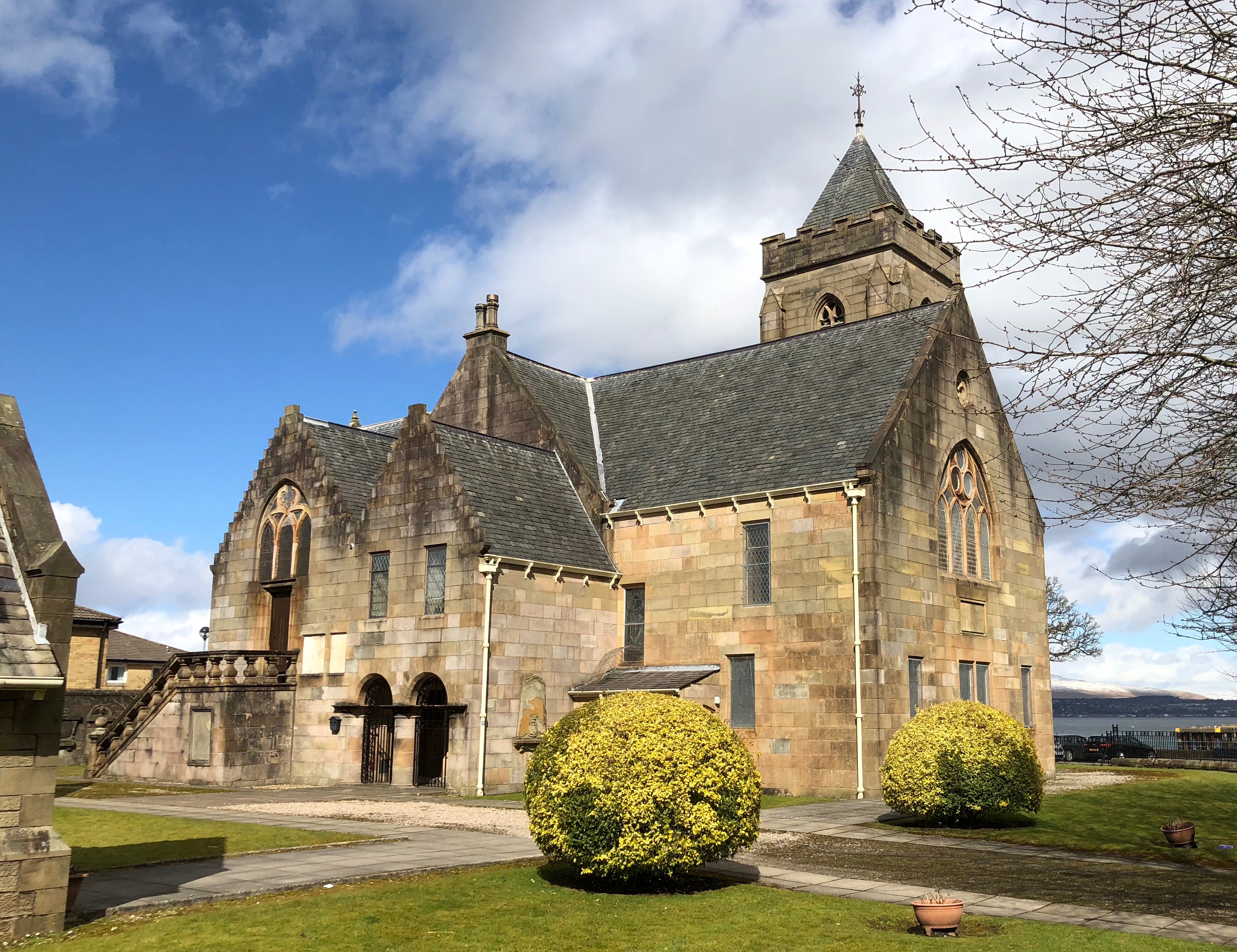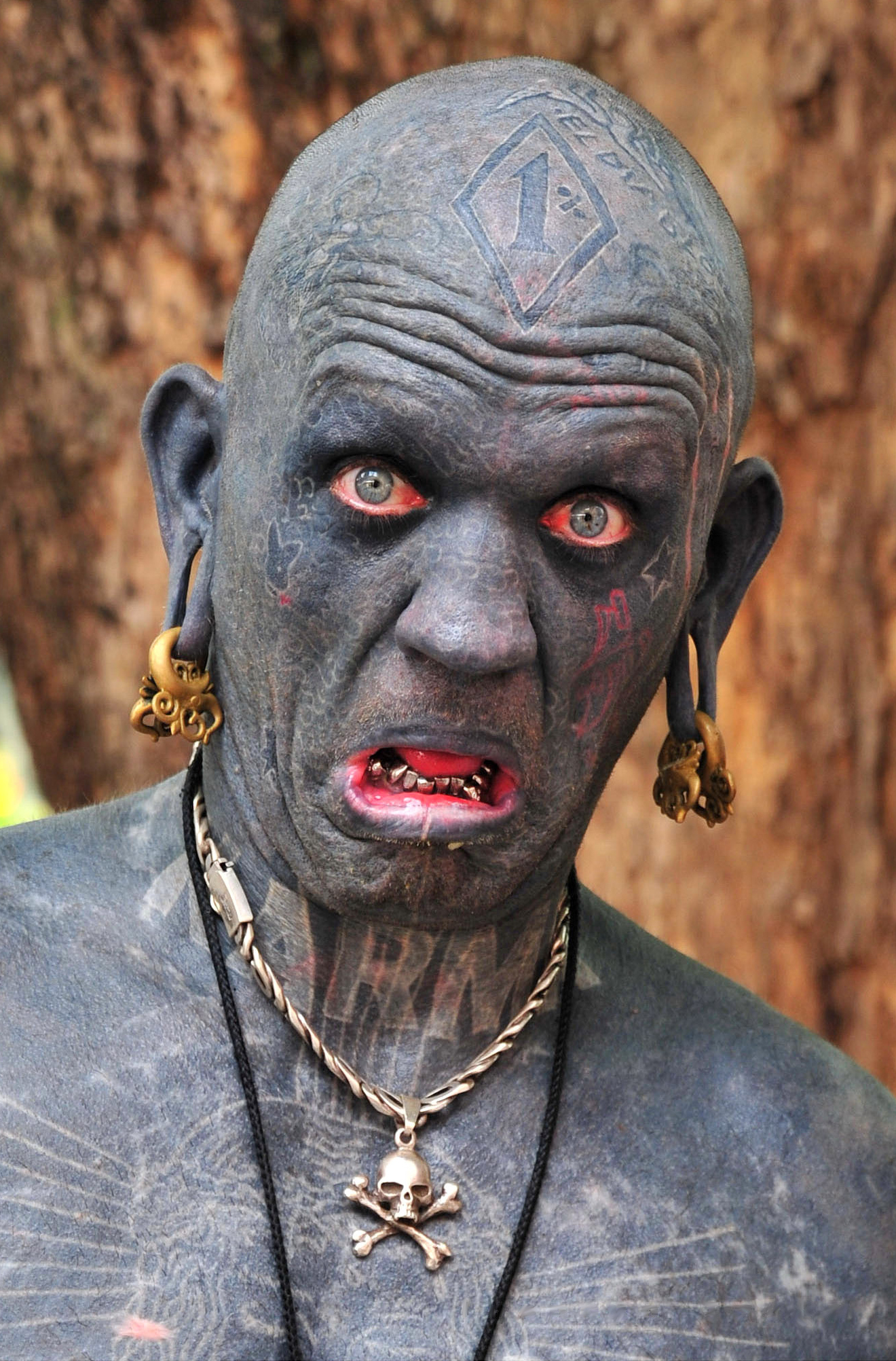|
Golden Syrup
Golden syrup or light treacle is a thick, amber-coloured form of inverted sugar syrup made by the process of refining sugar cane or sugar beet juice into sugar. It is used in a variety of baking recipes and desserts. It has an appearance and consistency similar to honey, and is often used as a substitute where honey is unavailable. It is not to be confused with amber corn syrup or amber refined sugar. Regular molasses, or dark treacle (as well as cane syrup found in the southern US, such as Steen's cane syrup), has a richer colour and a strong, distinctive flavour. In Australia, golden syrup was also known as "cocky's joy" or "cocky's delight" through the first half of the 20th century, as it could be easily transported and thus was a favourite of cockys, a name for a small farmer. Golden syrup was first formulated by the chemists Charles Eastick and his brother John Joseph Eastick at the Abram Lyle & Sons (now part of Tate & Lyle) refinery in Plaistow, Newham, London; th ... [...More Info...] [...Related Items...] OR: [Wikipedia] [Google] [Baidu] |
Treacle
Treacle () is any uncrystallised syrup made during the refining of sugar.Oxford Dictionary The most common forms of treacle are golden syrup, a pale variety, and black treacle, a darker variety similar to molasses. Black treacle has a distinctively strong, slightly bitter flavour, and a richer colour than golden syrup. Golden syrup treacle is a common sweetener and condiment in British cuisine, found in such dishes as treacle tart and treacle sponge pudding. Etymology Historically, the Middle English term was used by herbalists and Apothecary, apothecaries to describe a medicine (also called ''theriac'' or ''theriaca''), composed of many ingredients, that was used as an antidote for poisons, snakebites, and various other ailments. ''Triacle'' comes from the Old French , in turn from (unattested and reconstructed) Vulgar Latin , which comes from Latin , the latinization (literature), latinisation of the Ancient Greek language, Greek (), the feminine of (), 'concerning venomous ... [...More Info...] [...Related Items...] OR: [Wikipedia] [Google] [Baidu] |
Greenock
Greenock (; ; , ) is a town in Inverclyde, Scotland, located in the west central Lowlands of Scotland. The town is the administrative centre of Inverclyde Council. It is a former burgh within the historic county of Renfrewshire, and forms part of a contiguous urban area with Gourock to the west and Port Glasgow to the east. The 2011 UK Census showed that Greenock had a population of 44,248, a decrease from the 46,861 recorded in the 2001 UK Census. It lies on the south bank of the Clyde at the " Tail of the Bank" where the River Clyde deepens into the Firth of Clyde. History Name Place-name scholar William J. Watson wrote that "Greenock is well known in Gaelic as , dative of , 'a sunny knoll. The Scottish Gaelic place-name is relatively common, with another Greenock near Callander in Menteith (formerly in Perthshire) and yet another at Muirkirk in Kyle, now in East Ayrshire. R. M. Smith in (1921) described the alternative derivation from Common Brittonic *, ... [...More Info...] [...Related Items...] OR: [Wikipedia] [Google] [Baidu] |
Henry Tate
Sir Henry Tate, 1st Baronet (11 March 18195 December 1899) was an English merchant and philanthropist, noted for establishing the Tate Britain, Tate Gallery and the company that became Tate & Lyle. Early life Henry Tate was born in White Coppice on 11 March 1819, the son of Agnes (née Booth) and William Tate. His father was a Unitarianism, Unitarian clergyman. Career When Tate was 13, he became a grocer's apprentice in Liverpool. After a seven-year apprenticeship, he was able to set up his own shop in nearby Birkenhead. His business was successful, and grew to a chain of six stores by the time he was 35. In 1859, he became a partner in the John Wright & Co. sugar refinery, selling his grocery business in 1861. By 1869, he had gained complete control of the company, and renamed it to Henry Tate & Sons. In 1872, he purchased the patent from Eugen Langen for making sugar cubes and built a new refinery in Liverpool. In 1877, he opened another refinery in the Silvertown district o ... [...More Info...] [...Related Items...] OR: [Wikipedia] [Google] [Baidu] |
Brand
A brand is a name, term, design, symbol or any other feature that distinguishes one seller's goods or service from those of other sellers. Brands are used in business, marketing, and advertising for recognition and, importantly, to create and store value as brand equity for the object identified, to the benefit of the brand's customers, its owners and shareholders. Brand names are sometimes distinguished from Generic brand, generic or store brands. The practice of branding—in the original literal sense of marking by burning—is thought to have begun with the ancient Egyptians, who are known to have engaged in livestock branding and branded slaves as early as 2,700 BCE. Branding was used to differentiate one person's cattle from another's by means of a distinctive symbol burned into the animal's skin with a hot branding iron. If a person stole any of the cattle, anyone else who saw the symbol could deduce the actual owner. The term has been extended to mean a strategic person ... [...More Info...] [...Related Items...] OR: [Wikipedia] [Google] [Baidu] |
Guinness World Records
''Guinness World Records'', known from its inception in 1955 until 1999 as ''The Guinness Book of Records'' and in previous United States editions as ''The Guinness Book of World Records'', is a British reference book published annually, listing world records both of human achievements and the extremes of the natural world. Sir Hugh Beaver created the concept, and twin brothers Norris and Ross McWhirter co-founded the book in London in August 1955. The first edition topped the bestseller list in the United Kingdom by Christmas 1955. The following year the book was launched internationally, and as of the 2025 edition, it is now in its 70th year of publication, published in 100 countries and 40 languages, and maintains over 53,000 records in its database. The international franchise has extended beyond print to include television series and museums. The popularity of the franchise has resulted in ''Guinness World Records'' becoming the primary international source for cata ... [...More Info...] [...Related Items...] OR: [Wikipedia] [Google] [Baidu] |
Samson's Riddle
250px, '' The Wedding Feast of Samson'', Rembrandt, 1638 Samson's riddle is found in the biblical Book of Judges, where it is incorporated into a larger narrative about Samson, the last of the judges of the ancient Israelites. The riddle, with which Samson challenges his thirty wedding guests, is as follows: "Out of the eater came something to eat, and out of the strong came something sweet." The solution is apparently impossible to discern through deduction alone, since it is based on a private experience of Samson's, who had previously killed a young male lion and found honeybees and honey in its corpse. However, the wedding guests extort the answer from Samson's wife; having lost the wager, Samson is required to give his guests thirty good suits, which he acquires by killing thirty men. Modern commentators have suggested other possible solutions to the riddle. Aspects of the surrounding narrative have also been interpreted in various ways, with parallels being drawn to Greek ... [...More Info...] [...Related Items...] OR: [Wikipedia] [Google] [Baidu] |
Philistine
Philistines (; Septuagint, LXX: ; ) were ancient people who lived on the south coast of Canaan during the Iron Age in a confederation of city-states generally referred to as Philistia. There is compelling evidence to suggest that the Philistines originated from a Greek immigrant group from the Aegean civilization, Aegean. The immigrant group settled in Canaan around 1175 BC, during the Late Bronze Age collapse. Over time, they intermixed with the indigenous Canaanite societies and assimilated elements from them, while preserving their own unique culture. In 604 BC, the Philistines, who had been under the rule of the Neo-Assyrian Empire (911–605 BC), were ultimately vanquished by King Nebuchadnezzar II of the Neo-Babylonian Empire. Much like the kingdoms of Kingdom of Israel (united monarchy), Israel and Kingdom of Judah, Judah, the Philistines lost their autonomy by the end of the Iron Age, becoming vassals to the Assyrian people, Assyrians, Egyptians, and later Babylonians ... [...More Info...] [...Related Items...] OR: [Wikipedia] [Google] [Baidu] |
Samson
SAMSON (Software for Adaptive Modeling and Simulation Of Nanosystems) is a computer software platform for molecular design being developed bOneAngstromand previously by the NANO-D group at the French Institute for Research in Computer Science and Automation (INRIA). SAMSON has a modular architecture that makes it suitable for different domains of nanoscience, including material science, life science, and drug design. SAMSON Elements SAMSON Elements are modules for SAMSON, developed with the SAMSON software development kit (SDK). SAMSON Elements help users perform tasks in SAMSON, including building new models, performing calculations, running interactive or offline simulations, and visualizing and interpreting results. SAMSON Elements may contain different class types, including for example: * ''Apps'' – generic classes with a graphical user interface that extend the functions of SAMSON * ''Editors'' – classes that receive user interaction events to provide editing functi ... [...More Info...] [...Related Items...] OR: [Wikipedia] [Google] [Baidu] |
Book Of Judges
The Book of Judges is the seventh book of the Hebrew Bible and the Christian Old Testament. In the narrative of the Hebrew Bible, it covers the time between the conquest described in the Book of Joshua and the establishment of a kingdom in the Books of Samuel, during which Hebrew Bible judges, Biblical judges served as temporary leaders. The stories follow a consistent pattern: the people are unfaithful to Yahweh; he therefore delivers them into the hands of their enemies; the people repent and entreat Yahweh for mercy, which he sends in the form of a leader or champion; the judge delivers the Israelites from oppression and they prosper, but soon they fall again into unfaithfulness and the cycle is repeated. The pattern also expresses a repeating cycle of wars. But in the last verse (21:25) there is a hint that the cycle can be broken—with the establishment of a monarchy. While most contemporary critical scholars reject the historical accuracy of the Book of Judges, some arg ... [...More Info...] [...Related Items...] OR: [Wikipedia] [Google] [Baidu] |
Bible
The Bible is a collection of religious texts that are central to Christianity and Judaism, and esteemed in other Abrahamic religions such as Islam. The Bible is an anthology (a compilation of texts of a variety of forms) originally written in Hebrew, Aramaic, and Koine Greek. The texts include instructions, stories, poetry, prophecies, and other genres. The collection of materials accepted as part of the Bible by a particular religious tradition or community is called a biblical canon. Believers generally consider it to be a product of divine inspiration, but the way they understand what that means and interpret the text varies. The religious texts were compiled by different religious communities into various official collections. The earliest contained the first five books of the Bible, called the Torah in Hebrew and the Pentateuch (meaning 'five books') in Greek. The second-oldest part was a collection of narrative histories and prophecies (the Nevi'im). The third co ... [...More Info...] [...Related Items...] OR: [Wikipedia] [Google] [Baidu] |
Advertising Slogan
Advertising slogans are short phrases used in advertising campaigns to generate publicity and unify a company's marketing strategy. The phrases may be used to attract attention to a distinctive product feature or reinforce a company's brand. Etymology and nomenclature According to the 1913 ''Webster's Dictionary'', a slogan derives from the Scottish Gaelic "", a battle cry. Its contemporary definition denotes a distinctive advertising motto or advertising phrase used by any entity to convey a purpose or ideal. This is also known as a catchphrase. Taglines, or tags, are American terms describing brief public communications to promote certain products and services. In the UK, they are called ''end lines'' or ''straplines.'' In Japan, advertising slogans are called or . Format Most corporate advertisements are short, memorable phrases, often between three and five words. Slogans adopt different tones to convey different meanings. For example, funny slogans can enliven conversat ... [...More Info...] [...Related Items...] OR: [Wikipedia] [Google] [Baidu] |








